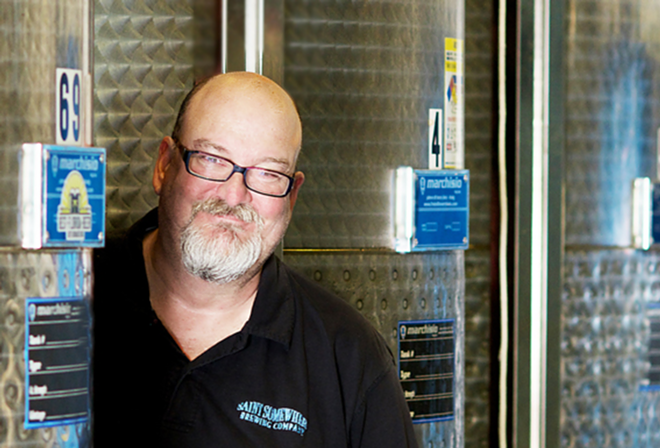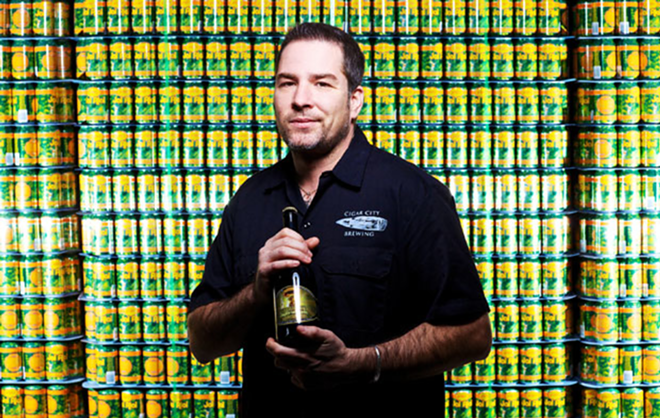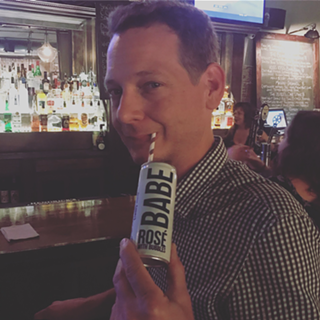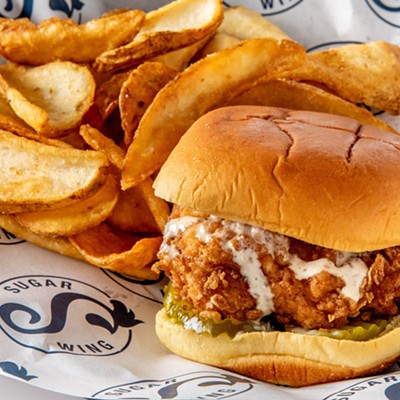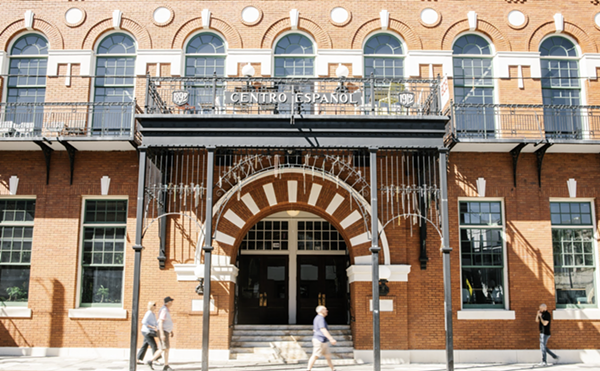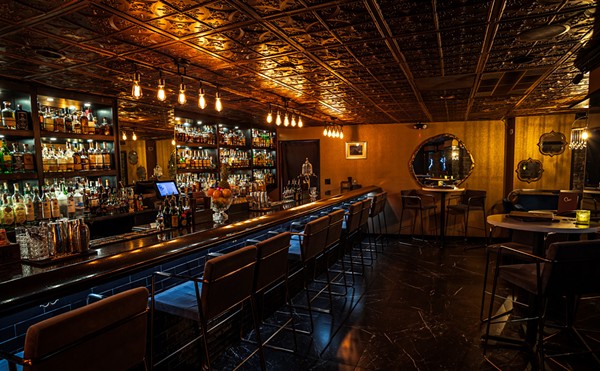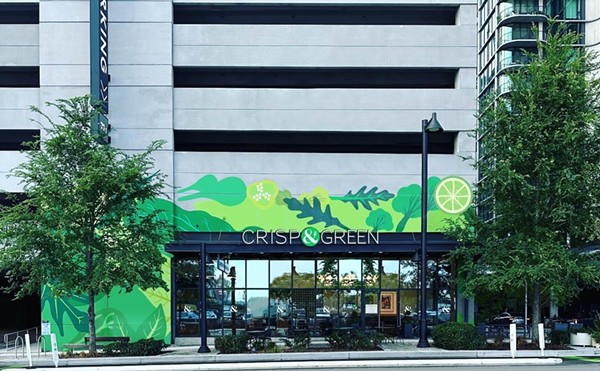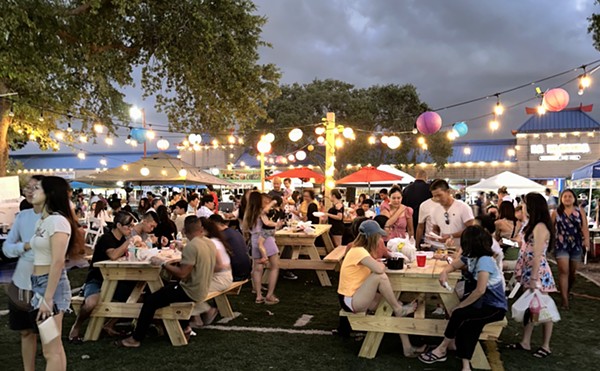Once upon a time, the phrase “Southern beer” might’ve inspired the mental image of a “tastes great/less filling” shouting contest between spectator stands at a NASCAR race. After all, traditional Southern descriptors like “laid-back,” “unpretentious” and “accommodating” have long been interpreted — particularly by outsiders — as euphemisms for a certain, erm, lack of discernment, and in the drinking world, that often translated into a stereotypical penchant for cheap tallboys, perhaps most satisfyingly chilled in a kiddie pool that doubled as a vacation home, dog bath or autoclave for automotive tools.
But even as far back as the mid-’80s, southern states like Texas, Louisiana and North Carolina were brewing alternatives (Lone Star, Abita and Weeping Radish, respectively) to the big mainstream national beers. And when the seeds of the American craft-beer craze were being widely sown in the mid-’90s, when such famous names as Dogfish Head and Stone were being founded elsewhere, breweries in the South were already multiplying as well, including labels in Atlanta (Red Brick, Sweetwater), Kentucky (Bluegrass), Florida (Dunedin Brewery) South Carolina (Palmetto), and even Arkansas (Vino’s Brewpub), to name a few.
So, while plenty of people still think of it as primarily, or at least originally, a West Coast/Northeast/Colorado thing, the South has always been part of the American scene.
Does that mean, though, that there’s a definitive Southern beer scene?
“Yeah, there’s definitely a scene,” says Joey Redner, founder of Tampa’s Cigar City Brewing, arguably Florida’s most recognizable craft-beer brand. “But only because it’s in the South. I don’t know that it’s vastly different than what you find in other places.”
Bob Sylvester, the man behind Tarpon Springs’ Saint Somewhere Brewing and its award-winning small-batch Belgian ales, agrees not only that there’s a distinct Southern community of craft-beer producers, but also that it’s more a matter of geography and regional pride than of certain specific brewing or flavor characteristics — that there’s no signature potable equivalent of grunge music or Caribbean cuisine for the area.
“There’s not a style that’s coming out, but yeah, I’d say so,” he says.
In a way, that lack of a trademark type or taste of beer is an indicator of the healthy variety of brews coming out of the South. It also mirrors what’s going in the wider national landscape; sure, some folks may strongly associate American Pale Ales with California, but it’s more of a personal-experience thing than a statistical fact (as Paste Magazine’s recent, wildly inclusive rundown of the country’s top 83 APAs attests.)
“You’ve got variation as you move around the country, different characters, different people putting their personal stamp on things,” says Redner. “Everywhere you go it’s gonna be a little different, but in general, when you look at it nationally, everyone is sort of riffing on what everyone else is doing.”
Redner attributes some of that commonality to prevalence of “beer tourism,” not only among those with a serious love for craft suds but also among those that make it — brewers are always heading out to see what their peers are doing at breweries and competitions alike nationwide, and some degree of inspiration and cross-influence is only natural. At the same time, narrowing the field a bit, he does find some distinct identity among some Florida brewers in particular: A tendency to play with styles more than is done in other states, experimenting with different flavors and ingredients.
“I think when you look at Florida, you see a lot more treatments, turning one style into many different ones ...We’re gonna put chocolate in it, we’re gonna put blueberries in it, mangoes, what have you,” he says. “And I think that comes from having a more nascent craft scene, [a desire] to have more variety, to have something different.”
Digging down further still, where does the Tampa Bay area’s exploding local scene fit into all this?
“We would have to be near the top, just by sheer number of breweries,” says Sylvester of the area’s standing among Southern beer cities, a status Redner says is helped by the quality of beer and beer tourism, as well as tourism of the regular kind:
“Florida is already a heavily traveled state. So if you’re taking your kids to Disney, and you love beer, you might as well swing by the breweries and see what they’re up to. I think that’s definitely happening.”
Sylvester points out, however, that the number of establishments providing locally brewed beer, while exciting, isn’t the only indicator of a healthy and sustainable local beer scene.
“I’d say we’re still taking the trip, compared to some place, like, you know ... Asheville [North Carolina] is one of the most vibrant beer scenes in the country, and it’s not because of the breweries, it’s because they’re extremely into beer,” he says. “It has less to do with the number of the breweries, and more to do with the community as a whole.”
Which is, at the end of the day, what scenes really are — a location and an endeavor that work together to the benefit and celebration of both.

